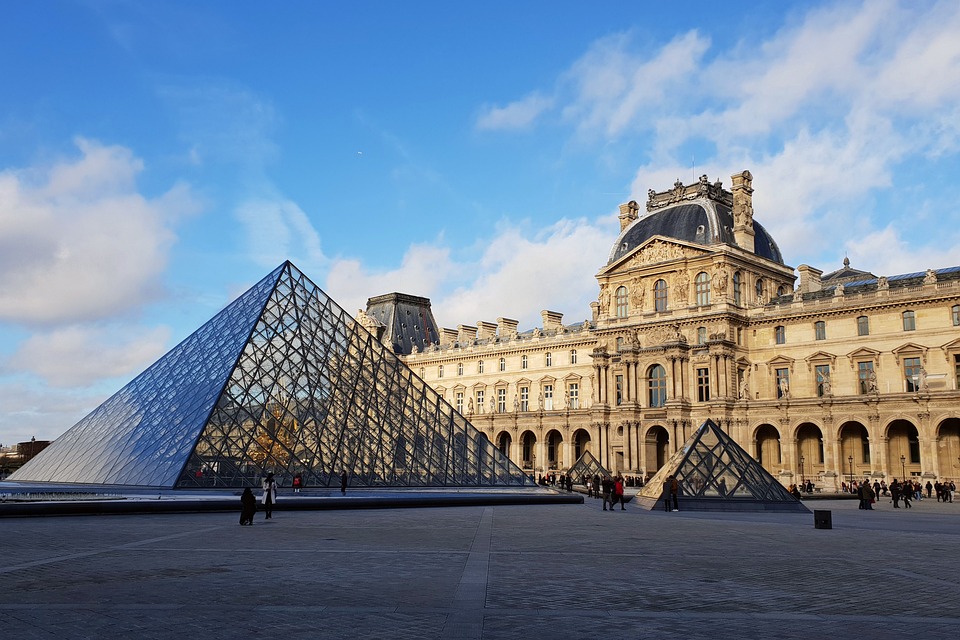The Ultimate Guide to the Louvre Museum
The Louvre Museum, or Musée du Louvre in French, is not only the world’s largest art museum but also a historic monument in Paris, France. It is a central landmark of the city, located on the Right Bank of the Seine in the 1st arrondissement. The museum houses approximately 38,000 objects from prehistory to the 21st century over an area of 72,735 square meters. In this guide, we’ll delve deep into exploring the historical significance, architectural evolution, key highlights, and tips for visiting this iconic institution.
Historical Background
The Louvre began its life as a medieval fortress built by King Philippe Auguste in 1190. It was intended to reinforce the city’s defenses against invasions via the Seine River. Visitors can still explore remnants of this original fortress in the museum’s lower levels. Over the centuries, the Louvre transformed into a grand royal palace, serving various monarchs before becoming a public museum during the French Revolution in 1793.
Architectural Evolution
The Louvre’s architecture is a stunning testament to centuries of French history. Its transformation from a fortress to a Renaissance-style palace was predominantly initiated by King François I and continued by his successors. The most significant addition to the Louvre in recent years is the Louvre Pyramid, designed by architect I.M. Pei and inaugurated in 1989. This large glass and metal pyramid serves as the main entrance and has become a symbolic structure of modern Paris, juxtaposed against the classical backdrop of the museum.
Collections and Departments
The museum is divided into eight curatorial departments: Egyptian Antiquities; Near Eastern Antiquities; Greek, Etruscan, and Roman Antiquities; Islamic Art; Sculptures; Decorative Arts; Paintings; and Prints and Drawings. Each department offers a deep dive into different eras and regions, showcasing a vast array of art forms.
- Egyptian Antiquities: This extensive collection spans 4,000 years of history and includes items like the Seated Scribe, and the Great Sphinx of Tanis.
- Near Eastern Antiquities: Featuring artifacts from early civilizations of the Near East, this collection offers insight into the cultures of ancient Mesopotamia, Persia, and Anatolia.
- Greek, Etruscan, and Roman Antiquities: Highlighted by the Venus de Milo and the Winged Victory of Samothrace, this department showcases classical sculptures that epitomize beauty and precision.
- Islamic Art: Opened in 2012, this newest department includes over 5,000 works, illustrating the vibrant cultural contributions of the Islamic world from Spain to India.
- Sculptures: Apart from Greek and Roman works, this department also displays French sculptures from the Middle Ages to the 19th century.
- Decorative Arts: Housing items like the crown jewels of France, this department focuses on the art of living across various periods.
- Paintings: The largest department in the Louvre, it is renowned worldwide for masterpieces such as Leonardo da Vinci’s Mona Lisa and Veronese’s Wedding Feast at Cana.
- Prints and Drawings: Although less frequently displayed due to their sensitivity to light, this collection includes works by artists such as Rembrandt and Michelangelo.
Visiting Tips
- Plan Ahead: Due to its massive size, planning your visit in advance will help you cover the significant artworks and exhibitions efficiently. Consider focusing on specific departments or highlights.
- Purchase Tickets Online: To avoid long queues, it’s recommended to buy your tickets online.
- Opt for Off-Peak Hours: Visiting early in the morning or on a Wednesday or Friday evening can help you avoid the crowds. The Louvre is less crowded on these days as it remains open until 9:45 PM.
- Use the Audio Guide: Available for rent, the audio guide offers detailed commentary about key artworks and is available in multiple languages.
- Take Breaks: The museum is vast, and fatigue can set in. Make use of the cafes and seating areas scattered throughout the museum to rest and reflect on the incredible art.
Conclusion
The Louvre is more than just a museum; it is a treasure trove of human creativity and a testament to centuries of artistic achievement. Whether you are a history buff, art lover, or simply curious, the Louvre offers an unparalleled cultural experience that enriches the mind and soul. With proper planning and a keen spirit, your visit to this iconic museum will truly be a memorable journey through the annals of human history.


